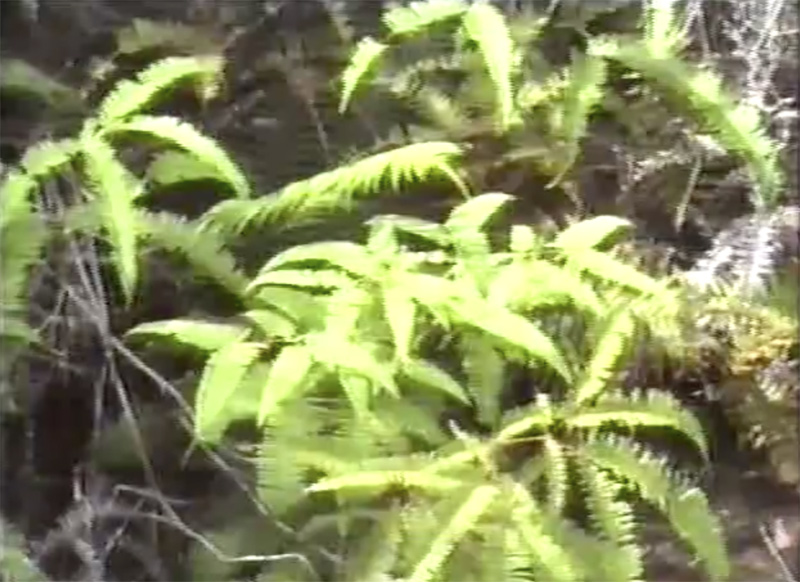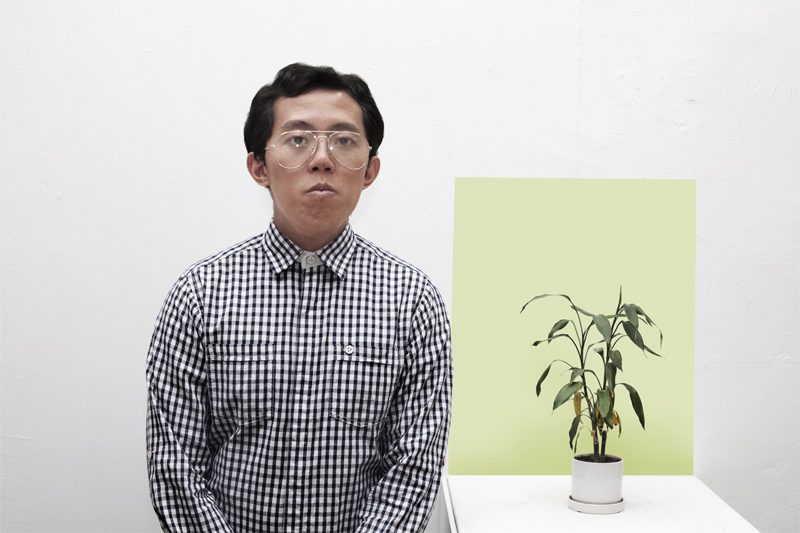SPECIAL EDITION
The Great Pretenders; Description Of Some Japanese Phylliidae From The 26th Phylliidae Convention
Special Mention, Yuji Hyakutake
Special Mention, Kiichiro Furukawa
New Culture Award, Minoru Honda
New Culture Award, Iwahashi Zenbei
The Art Of Hiroshi Abe, Master Breeder And Artist
A Very Pretty Phylliidae: Phyllium Morosus (First published in 1989)
All images by the ICZ
The GREAT PRETENDERS
The Great Pretenders, Description Of Some Japanese Phylliidae From The 26th Phylliidae Convention
Hiroshi Abe
Abstract
This paper by Hiroshi Abe, who is the winner of the 2008/9 Phylliidae Convention, reports the results of the 26th Phylliidae Convention in Tokyo, Japan. Five specimens were awarded prizes. Notes on food plants and culture are included, along with a brief guide to the appearance of the adults during the competition. The chief judge also gave his comments on this year’s winning entries.
Keywords Phylliidae, Ueno Hall 6, 26th Phylliidae Convention, Yuji Hyakutake, Kiichiro Furukawa, Iwahashi Zenbei, Minoru Honda, Abe morosus, Hyakutake phyllium celebicum, Hyakutake Leaf Insect, Phyllium siccifolium, Phyllium spinosus, Fabricius’s Green Blade, Phyllium femorata, Zanbei’s Fan Leaf Insect
Introduction
Millions of years of evolution by natural selection have given us what we classify today as the order Phasmatodea. None can be quite distinct as in the family Phylliidae. The first scientists to observe these leaf insects once claimed that ‘plants can now walk’. At first glance the degree of sophistication seen in these insects is impressive, but one must remember that evolution is an entirely ‘blind’ precess with no goals and is still continuing, albeit through the recent intervention of PSG members.
Species belonging to the tribe of the Phylliidae are only rarely found in the wild. This is mainly due to their arboreal way of life and the close relation with their food plant which they blend in perfectly with. The last time a new Phylliidae species was described was by Murami in 1947 and like many other Phylliidae species, is only known from one sex. The last description based on both sexes was by Hirst in 1876, but he misplaced this species. The correct names are still being determined till today. Indeed, the Phylliidae remains a secluded and mysterious species.
In my video presentation (Figure 1) of a newly-discovered species from Borneo called Phyllium Gigas, PSG members were confused on whether my documentation was true in its claims. Due to the low quality of the video, we could hardly really make out the species from the green foliage.
The first Phylliidae egg was described as early as 1865 by Kaup, the founder of ootaxonomy (a study of the systematic classification of a species by its eggs). Kaup stated: “Dieses Ei ist das sonderbarste, welches ich kenne, und, trügt mich mein Schlufs nicht das alle Eier von einem und demselben Genus sich in der allgemeinen Forn ähnlich sehen müssen” [This egg is the most peculiar egg that I know, and, unless I am very much mistaken, eggs belonging to a same genus have to look alike in shape].
Indeed, as Kaup stated, all Phylliidae eggs look alike and it is very difficult to know what youhave when you get them from the wild. As Phylliidae have the tendency to lay eggs which look foremost like plant seeds, Kaup had to contain his audiences in a room for two days to convince them that the eggs were indeed eggs and not just seeds. When the eggs finally hatched on the second day, the crowd was very stunned with Kaup’s eggs.
This amusement we have with Phylliidae and their behaviours is still very much alive today as we can see during the recent Phylliidae Convention in Tokyo.
 Figure 1. Film still showing Phyllium gigas from a video presentation at the 13th PSG AGM in 1999 by the author.
Figure 1. Film still showing Phyllium gigas from a video presentation at the 13th PSG AGM in 1999 by the author.
 Figure 2. The author at the 8th Phylliidae Convention with Phyllium S. when he first entered the competition in 1991.
Figure 2. The author at the 8th Phylliidae Convention with Phyllium S. when he first entered the competition in 1991.
The 26th Phylliidae Convention
The Phylliidae Convention is a major exposition of Phylliidae where entomologists from all over the globe go to Tokyo for a period of four days to compete, discuss, distribute and produce new breeds of Phylliidae. Up to 100 of the best breeds are selected to compete for the winning prize, a grant of $50,000 to be used for research and breeding, generously sponsored by The Institute of Critical Zoologists. Now in its 26th year, the Convention has spearheaded some of the best hybrids previously thought unimaginable.
The chief judge of the 2009 edition was Atsuo Asami, a respected and senior entomologist based in Tokyo. He operates a small private research institute, Hadano Entomology Center, located about 60km southwest of Tokyo. He is one of the pioneers who introduced the insect’s genes to that of its food plants, creating the most controversial yet remarkable specimens to date.
Some Personal Thoughts
I remember my first feeble attempts in hybridizing leaf insects and searching for the best food plants in 1991 (Figure 2). My insects would always appear significant against the stark green back drop and fail to achieve a kind of concealment which the judges were looking for. Through advancements in DNA sequencing and artificial breeding on both food plant and insect, I can only smile now thinking back on the times I tried to paint my Morosus with food dyes to make them look more like their food plants.
It’s a great honour to have won the Phylliidae Convention with my Abe morosus for two years running. This is a great encouragement to me and my peers at the laboratory here at The Institute of Critical Zoologists. It is recognition of our research during the past 20 years, during which we spent perfecting the aesthetic ‘behaviors’ of these insects. I am proud to say that each ‘crafted’ individual is akin to a piece of art which is worthy of being shown in the best museums of our day.
Copyright 2010, Institute of Critical Zoologists